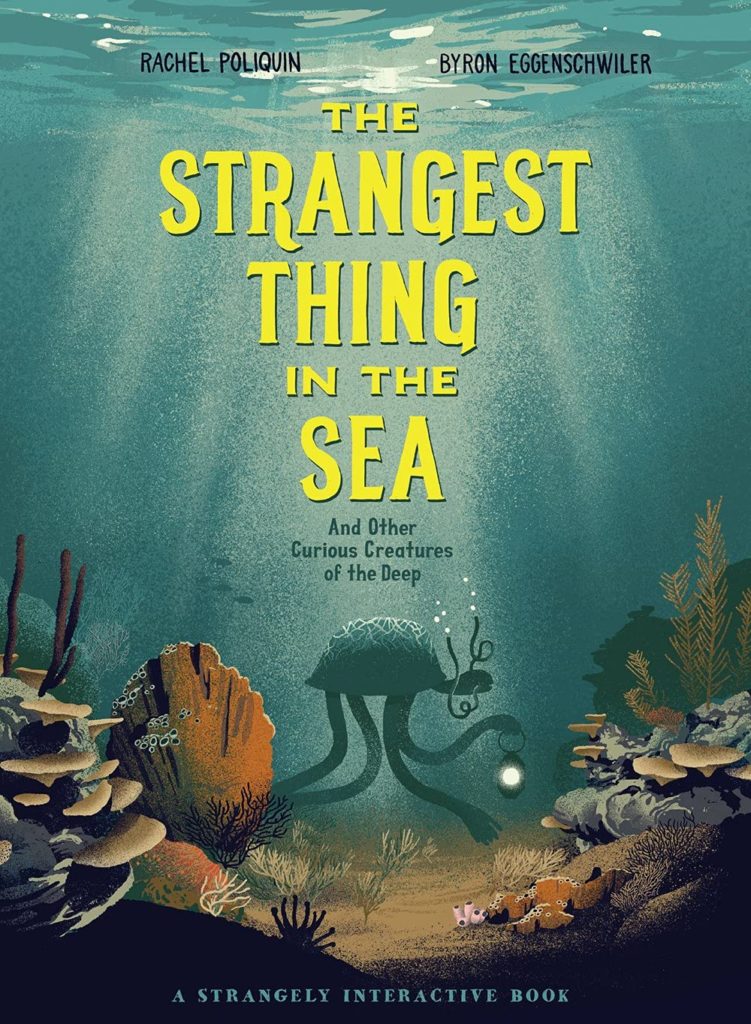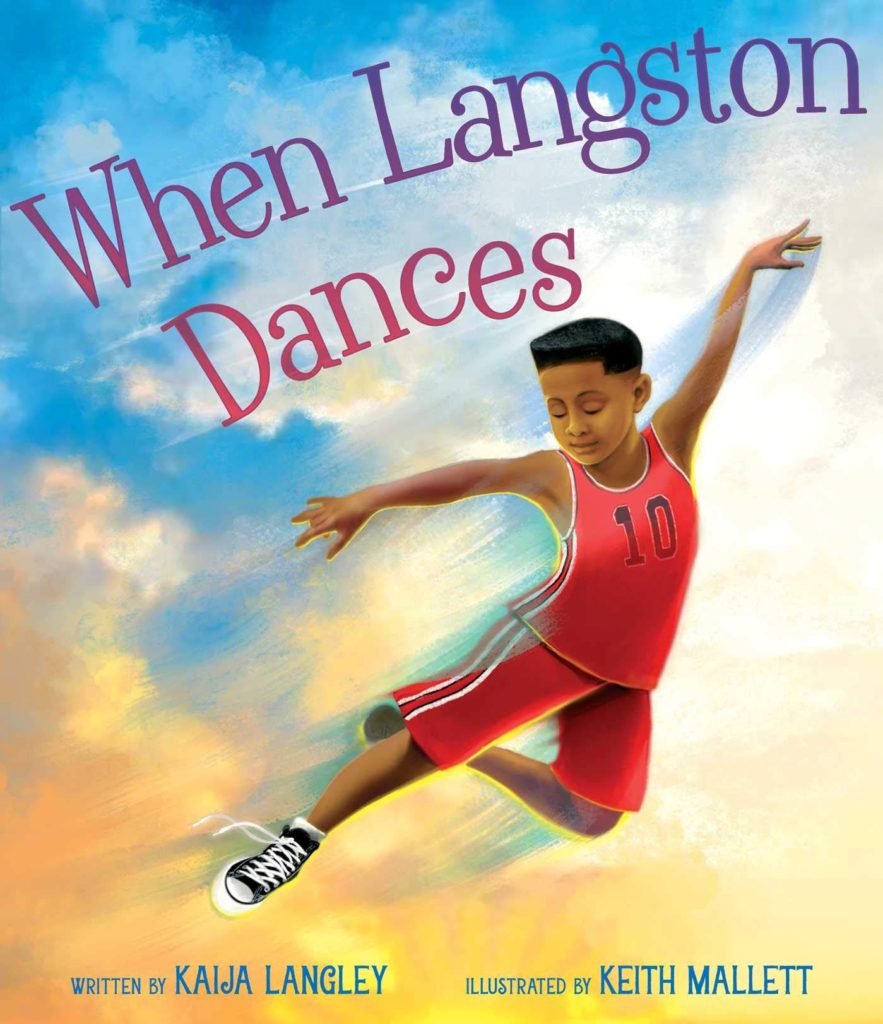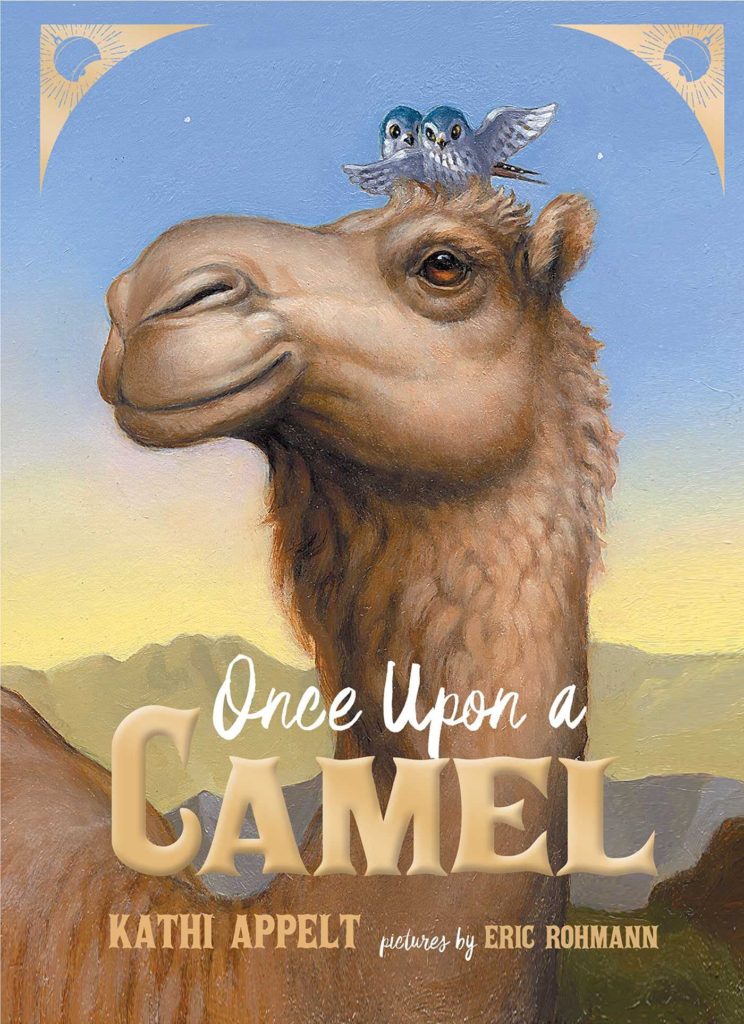This picture book about legendary Hollywood costume designer Edith Head is a story stressing the themes of determination and persistence. As a young girl growing up in the deserts of Nevada, Edith made costumes for her pets and dolls. While still school age she discovered the power of costumes to create characters for her human friends. After moving to Los Angeles, California, one of her first jobs in Hollywood movies was to create costumes for animals in films. She could imagine and construct costumes, but couldn’t sketch well enough to be taken seriously as a designer.
Edith worked hard at learning to illustrate and eventually earned her way to dressing some of the most famous actresses in popular motion pictures of the last century. Fun illustrations, suggesting the bits and scraps of fabric from which Edith made her earliest pet and doll costumes, decorate the book with lots to enjoy. The book ends by noting the recognition of Ms. Head’s work in film with her many Academy Award nominations and wight wins.
The Author’s Note after the story is an excellent addition for older readers sharing the book with younger students.




